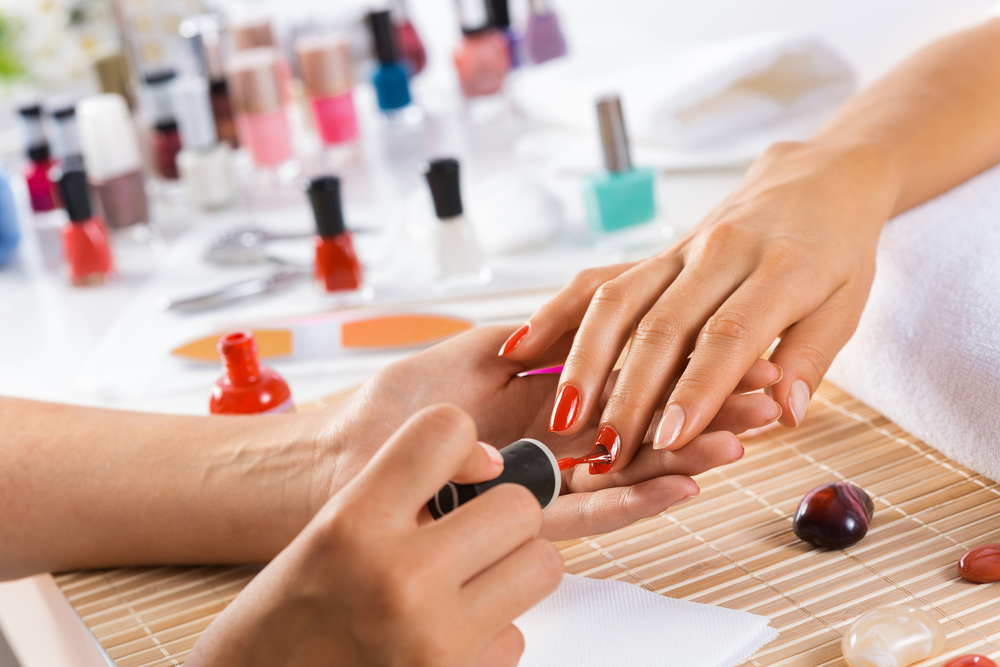Can Nail Color Cause Allergic Reactions?
Nail color, commonly known as nail polish, is a popular cosmetic product used to add color and style to nails. While nail color is generally safe for most people, it can cause allergic reactions in some individuals. This blog explores the potential causes of allergic reactions to nail color, their symptoms, preventive measures, and how to manage them effectively.
What Is Nail Color?
Nail color, or nail polish, is a cosmetic product applied to nails to enhance their appearance. It comes in various colors, finishes, and formulations, including traditional nail polish, gel polish, and nail lacquer.
Types of Nail Color
- Traditional Nail Polish: Contains pigments, solvents, and film formers that create a colored coating on the nails.
- Gel Polish: Requires curing under a UV or LED lamp to harden and provide a long-lasting finish.
- Nail Lacquer: Offers a glossy or matte finish and may contain additional strengthening or nourishing ingredients.
Can Nail Color Cause Allergic Reactions?
Potential Allergens
Several components in nail color can trigger allergic reactions:
- Toluene: A solvent used to create a smooth application.
- Formaldehyde: A preservative and hardening agent.
- Dibutyl Phthalate (DBP): A plasticizer that increases flexibility.
- Camphor: Adds shine and flexibility to the polish.
- Resin: Enhances adhesion and durability.
Symptoms of Allergic Reactions
Allergic reactions to nail color may manifest with the following symptoms:
- Redness: Redness and inflammation around the nail bed.
- Swelling: Swelling of the fingers and surrounding skin.
- Itching: Intense itching or burning sensation.
- Rash: Development of a rash or small bumps.
- Peeling: Peeling or flaking of the nail surface.

Preventing Allergic Reactions
Choose Hypoallergenic Formulas
Opt for nail colors labeled as hypoallergenic or formulated without common allergens like toluene, formaldehyde, and DBP.
Perform Patch Tests
Before applying a new nail color, perform a patch test by applying a small amount to the skin near the nail to check for any adverse reactions.
Limit Exposure
Avoid prolonged exposure to nail color by using it sparingly and taking breaks between applications to allow the nails to breathe.
Maintain Nail Health
Keep nails clean, trimmed, and moisturized to minimize the risk of irritation or allergic reactions.
Managing Allergic Reactions
Remove the Nail Color
If you experience an allergic reaction, remove the nail color immediately using a gentle nail polish remover.
Apply Cold Compresses
Apply cold compresses to the affected area to reduce inflammation and soothe any discomfort.
Seek Medical Advice
If the reaction is severe or persistent, consult a dermatologist for further evaluation and treatment options.
Conclusion
While nail color is a popular cosmetic product, it can cause allergic reactions in susceptible individuals. By choosing hypoallergenic formulas, performing patch tests, limiting exposure, and maintaining nail health, you can reduce the risk of adverse reactions. If you experience any symptoms of an allergic reaction, promptly remove the nail color and seek medical advice.
For more information or to book an appointment, visit our official booking page.
External Links
- Healthline: Allergic Reactions to Nail Polish: Information on allergic reactions to nail polish and their management.
- American Academy of Dermatology Association: Nail Problems: Tips for maintaining healthy nails and preventing nail-related issues.


